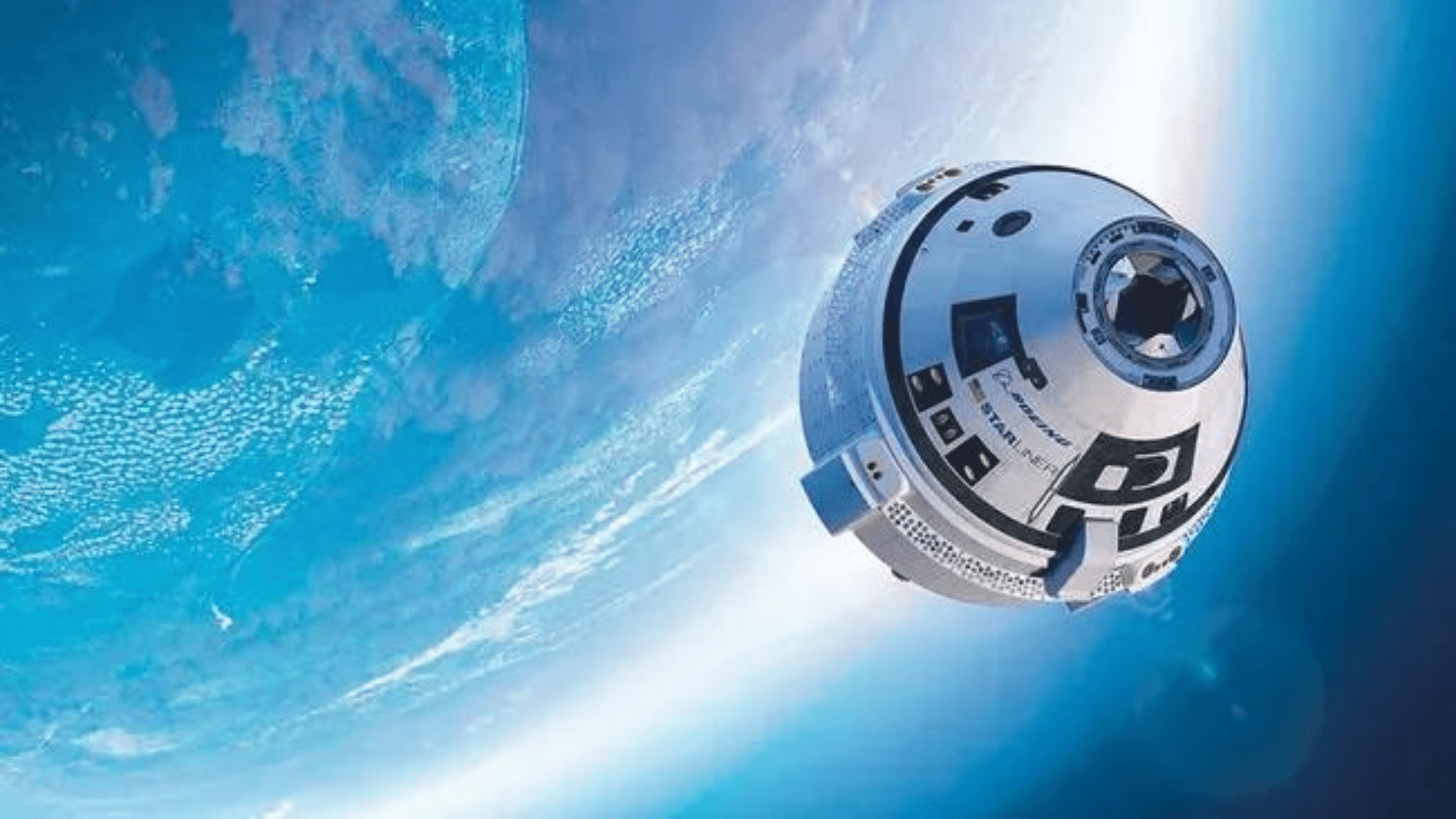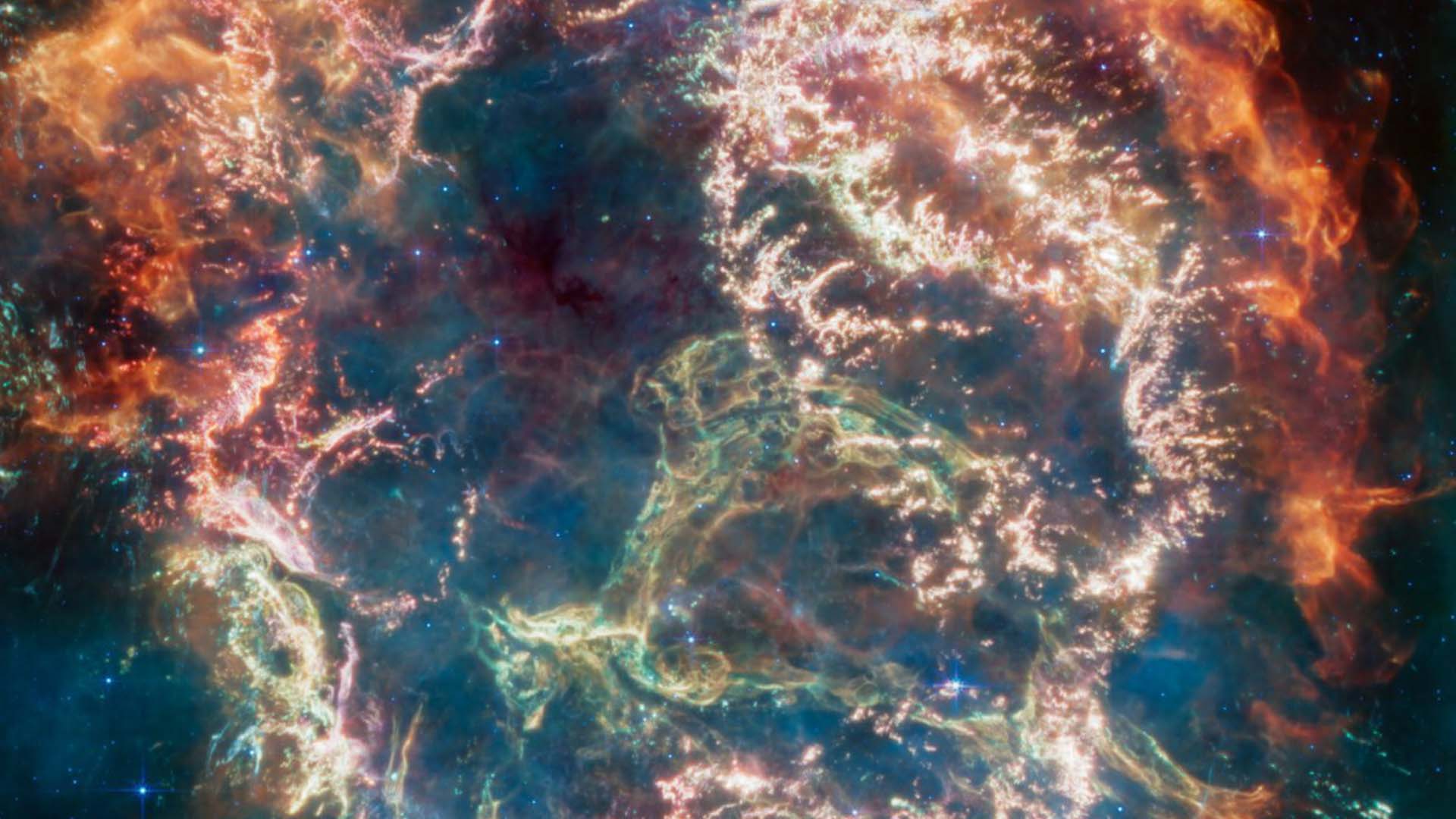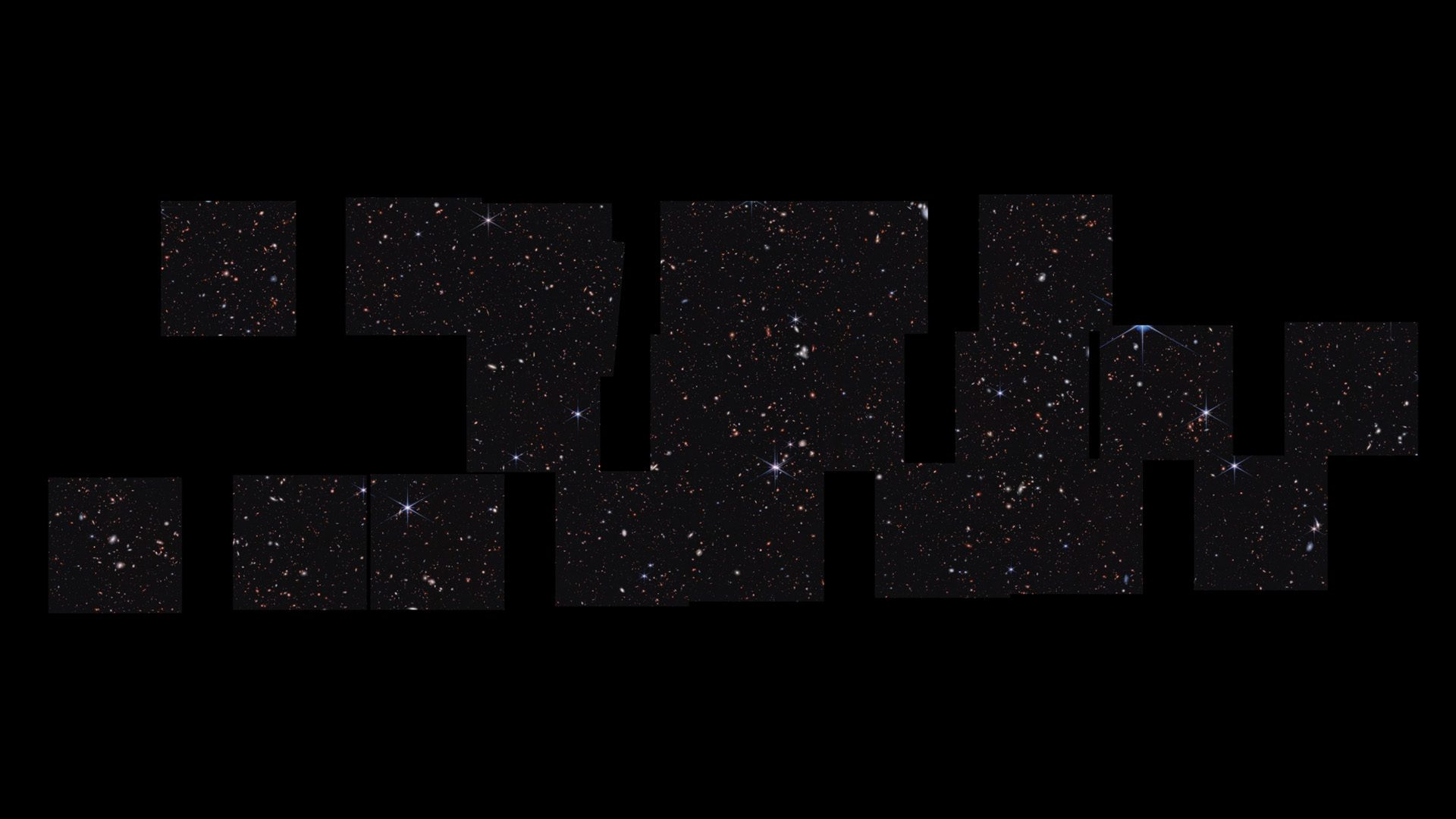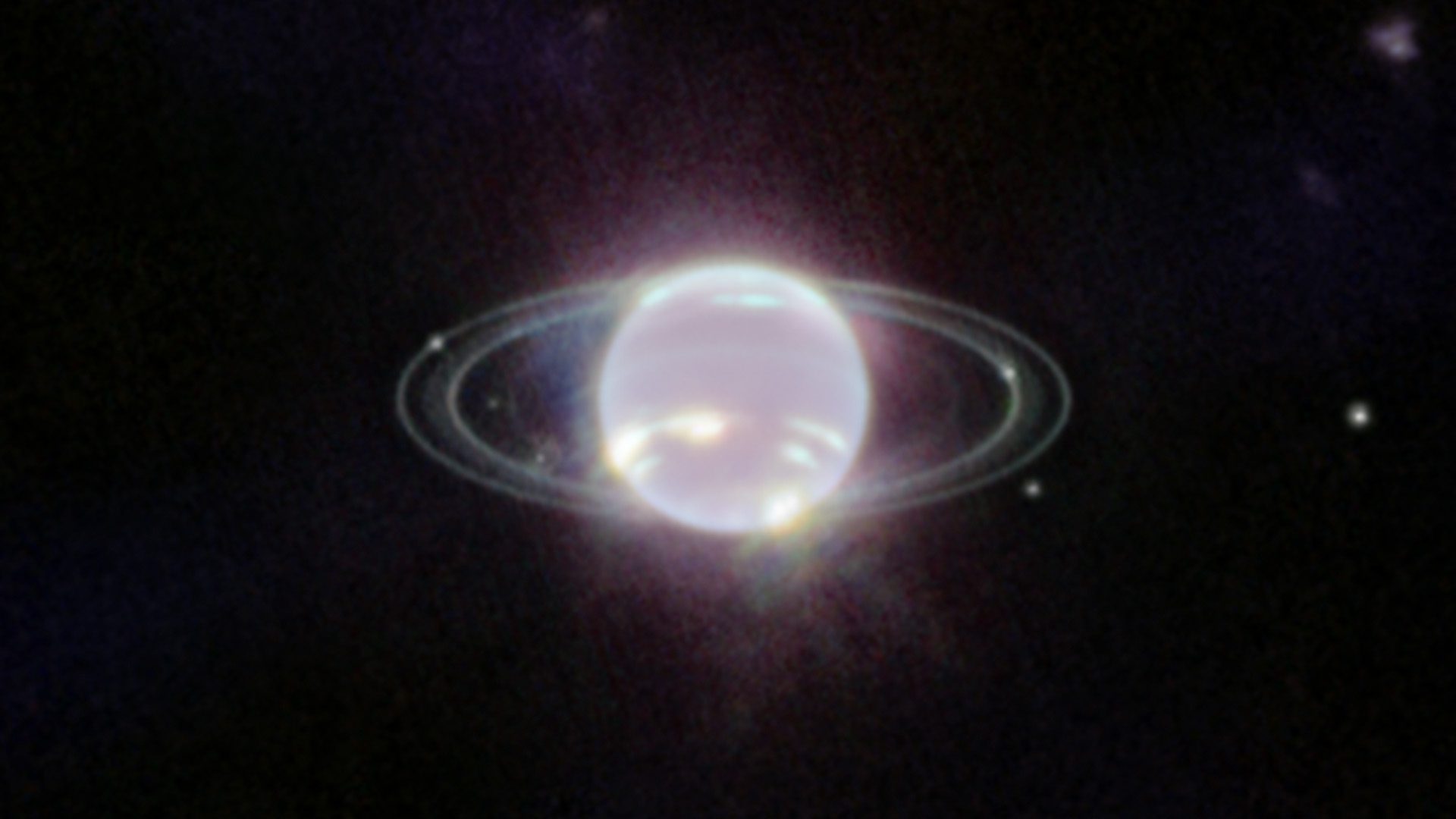Two astronauts are stranded in space aboard the International Space Station (ISS) after discovering numerous issues with Boeing’s Starliner.

Teams on the ground are currently hurrying to address the spacecraft’s issues and get astronauts Butch Wilmore and Suni Williams home. Though they were originally due to return to Earth in June 13th after only a week on the ISS, NASA announced that their stay has now been extended for a third time meaning that they will be aboard the ISS until an undetermined date in July.
Explore Tomorrow's World from your inbox
Get the latest science, technology, and sustainability content delivered to your inbox.
I understand that by providing my email address, I agree to receive emails from Tomorrow's World Today. I understand that I may opt out of receiving such communications at any time.
After years of delays, Boeing’s Starliner capsule took off on its inaugural flight from Florida’s Cape Canaveral Space Force Station on June 5th. During the 25-hour flight, however, engineers discovered five helium leaks to the system that pressurizes the spacecraft’s propulsion system and five thruster failures to its reaction-control system.
Due to safety concerns, NASA has decided to push back the return journey to give NASA and Boeing engineers time to troubleshoot the problems with the spacecraft. The return module, which is currently docked to the ISS’s Harmony module, was powered up on June 15th and engineers found that most of the issues appeared to be partially resolved but their causes remain unknown.
“We’ve learned that our helium system is not performing as designed,” stated Mark Nappi, Boeing’s Starliner program manager at a news conference on June 18. “Albeit manageable, it’s still not working like we designed it. So we’ve got to go figure that out.”
The Harmony module has limited fuel, however, so the Starliner can only remain docked for 45 days. This means the window for a safe return flight is continuing to narrow as the troubleshoot the issues.
This mission is Boeing’s third attempt to take the crew to ISS, the previous two were sabotaged by a vibrating oxygen valve on the United Launch Alliance’s Atlas V rocket on which Starliner was mounted and a computer glitch in a ground launch sequencer.







